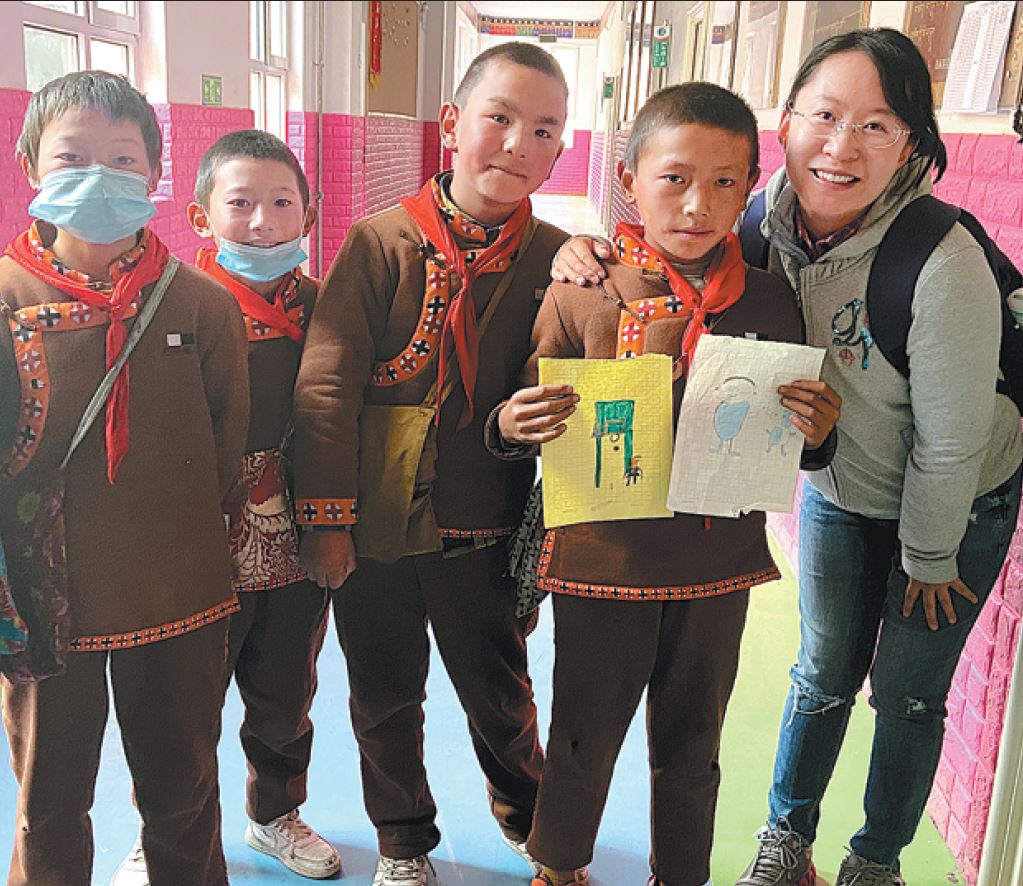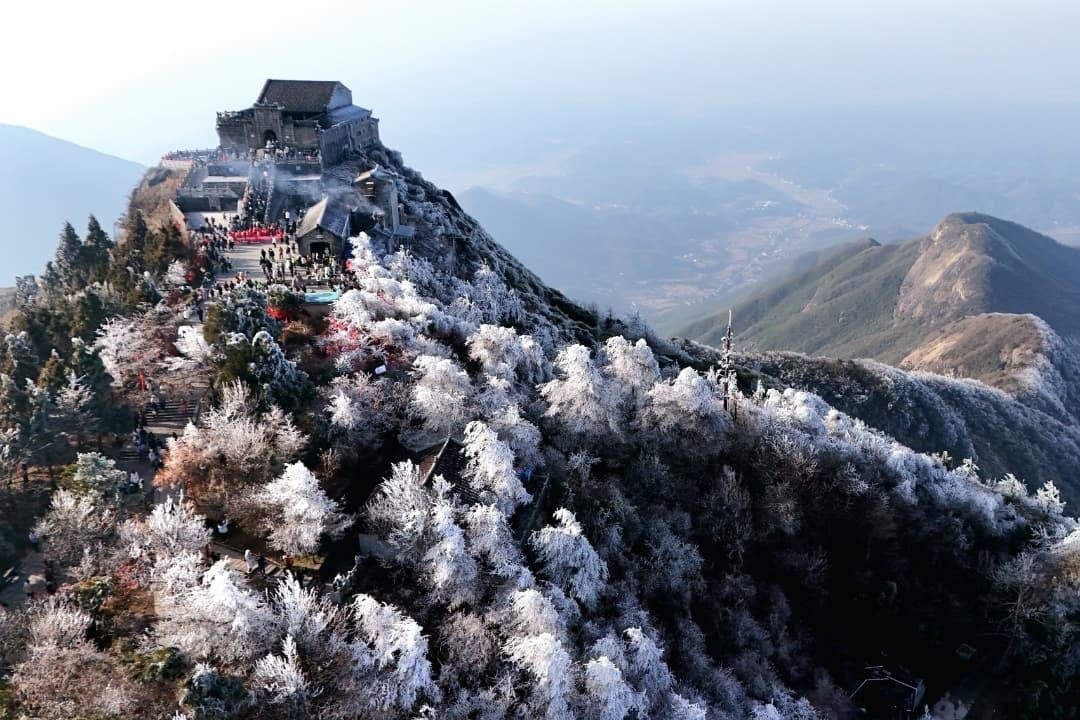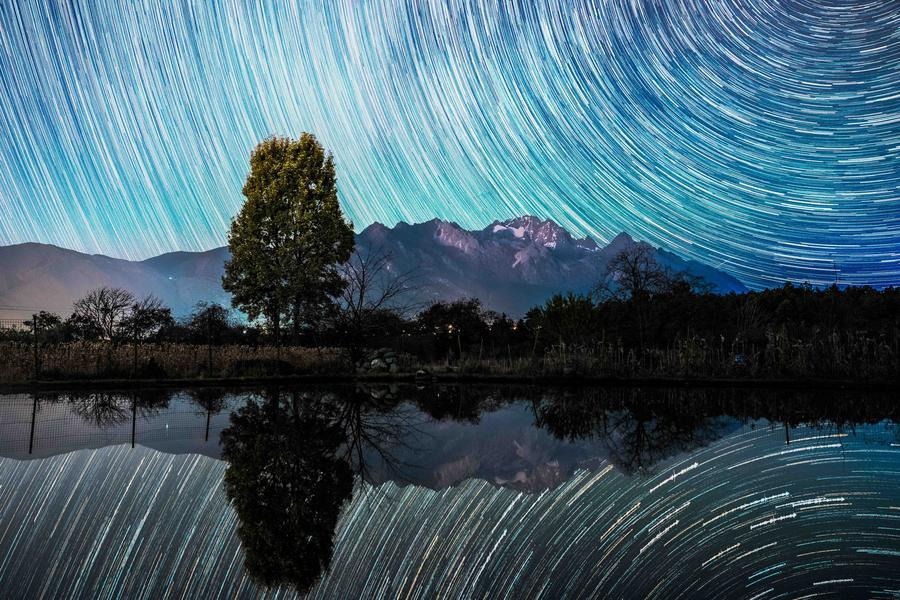Reporter's logs: The stories that shaped our year


China has started on a long journey
The global COVID-19 pandemic saw many people working from home for several months.
For me, this long period at home was definitely a nightmare.
Struggling to balance work and my son-an experienced snuggler who was just 18 months old-in addition to several months without traveling outside to conduct face-to-face interviews or be on the spot for big news stories almost drove me crazy.
It ended when I received an invitation from the National Forestry and Grassland Administration to visit the Three-Rivers-Source National Park in the northwestern province of Qinghai, one of China's 10 pilot national parks.
In July, I packed for my first business trip of the year and headed to the first and largest of the pilots.
It covers 123,100 square kilometers, which poses great challenges for the management.
The park is managed by three offices, one each for protection of the sources of the Yangtze, Yellow and Lancang rivers. However, time limitations meant I only managed to visit the first two.
Unlike national parks in Western countries, China's facilities prioritize protection over commercial exploitation.
Only a very limited number of tourists can visit them, and they need special permission.
My tour was exclusive, but the trip was not as pleasant as I had expected because I initially suffered from the high altitude.
In Madoi county, near the office that manages the Yellow River source, I stayed in a hotel at an altitude of 4,200 meters.
I was tortured by a rapid heartbeat and headaches, and I vomited all night.
At 3 am, I thought I would have to return to Beijing immediately or I would die.
But a two-hour nap helped to relieve the headache, and I decided to continue the trip.
The amazing views I saw over the following days proved it was the smartest decision I made in 2020.
As we approached the two sources, I drank in the scenery of the Qinghai-Tibet Plateau, also known as the "Roof of the World". Tibetan donkeys roamed the grassland, the flutter of black-necked cranes' wings echoed around small lakes dotted across the plateau and eagles zigzagged across the sky.
The beauty of the Eling and Zhaling lakes-the "Yellow River's two sister lakes"-overwhelmed me.
They cover a combined area of 1,200 square kilometers, with water the color of kallaite. Wild birds caught fish in the gentle waves.
By Eling Lake, I met a group of herders-turned-environmental conservationists.
The group's leader told me about how the environment had improved in recent years, thanks to the efforts of the government and local people.
He said wild animals had been seen more frequently since environmental measures helped turn the mountains green.
China is making concerted efforts to protect natural resources and improve the environment.
What I saw and heard during my trip was a reflection of the measures put in place for the benefit of the country's 1.3 billion-plus people.
The 14th Five-Year Plan (2021-25) attaches great importance to the protection of natural resources and the environment, indicating the nation's commitment to sustainable development.
In November, the central government released long-term objectives for the country to achieve socialist modernization by 2035.
Building China into a beautiful country is one of those aims.
We know it will be a long journey, but we have already taken the all-important first steps.
Yang Wanli
- China willing to advance just and equitable global anti-corruption system
- Chongqing hosts Silver Age fashion model competition
- Hengshan Mountain glistens with iconic winter rime scenery
- Ningbo hospital staff disciplined following pediatric surgery death
- Mainland warns Taiwan leader against provoking conflict
- Former senior official of Shenzhen under investigation





































